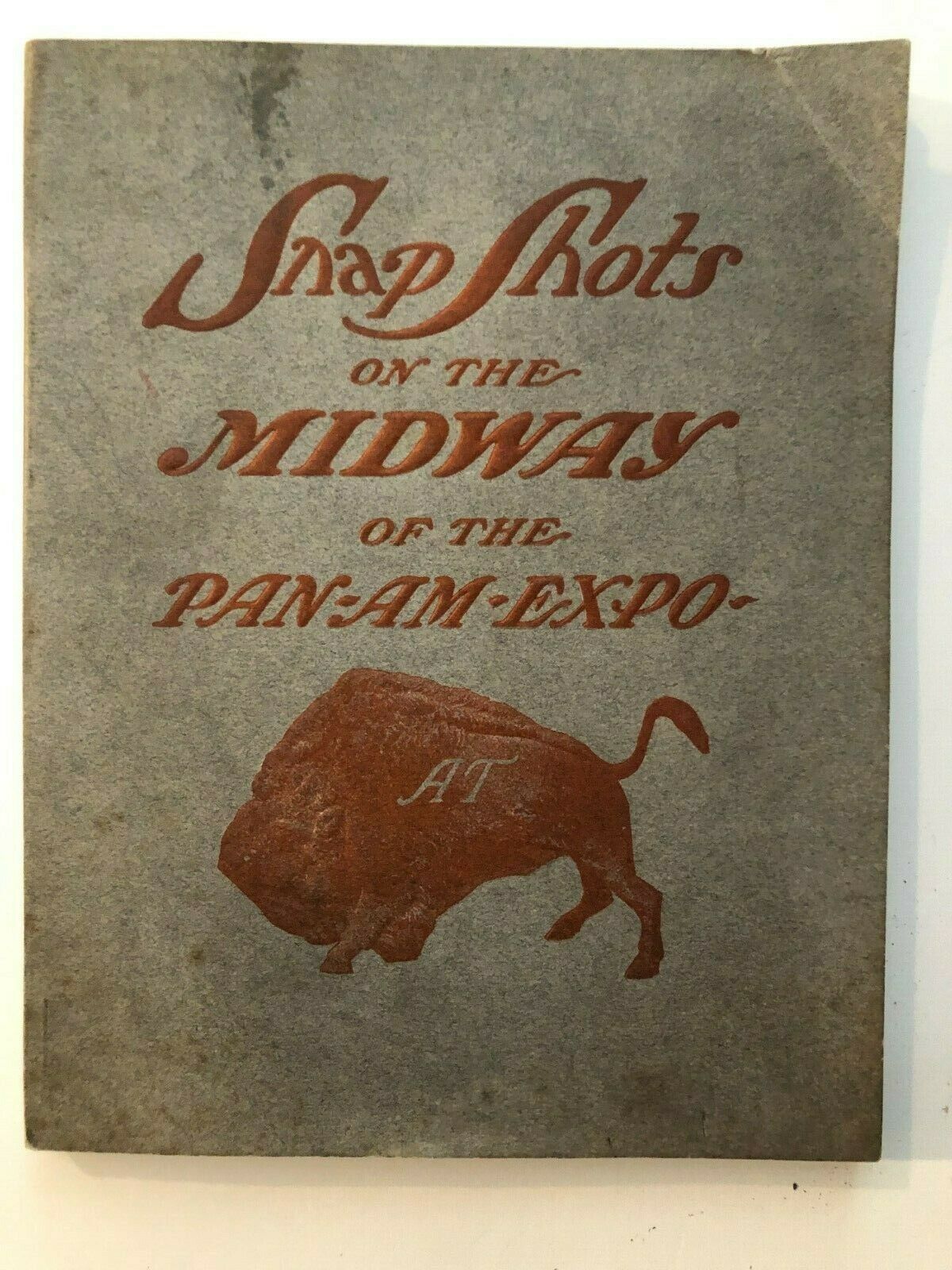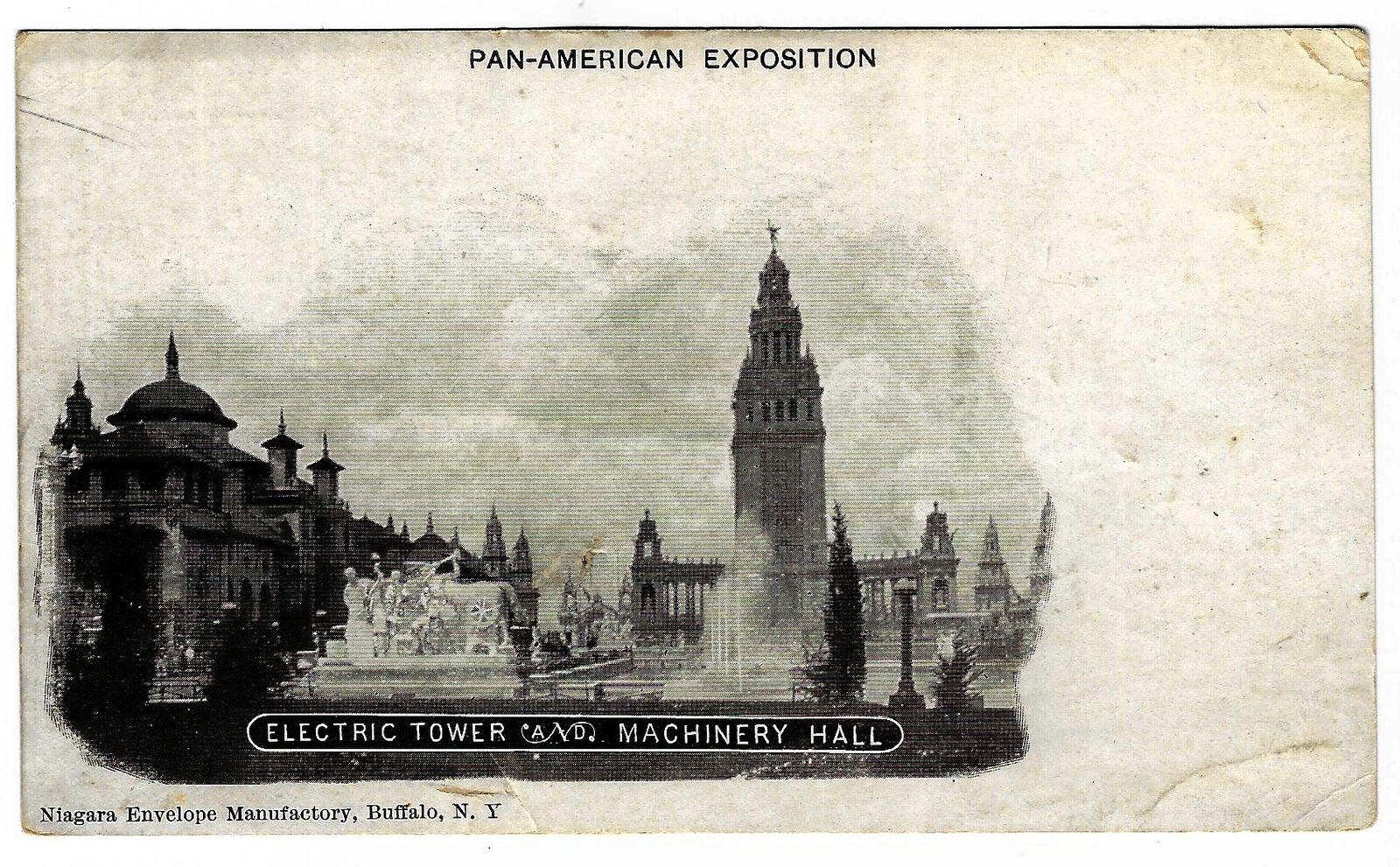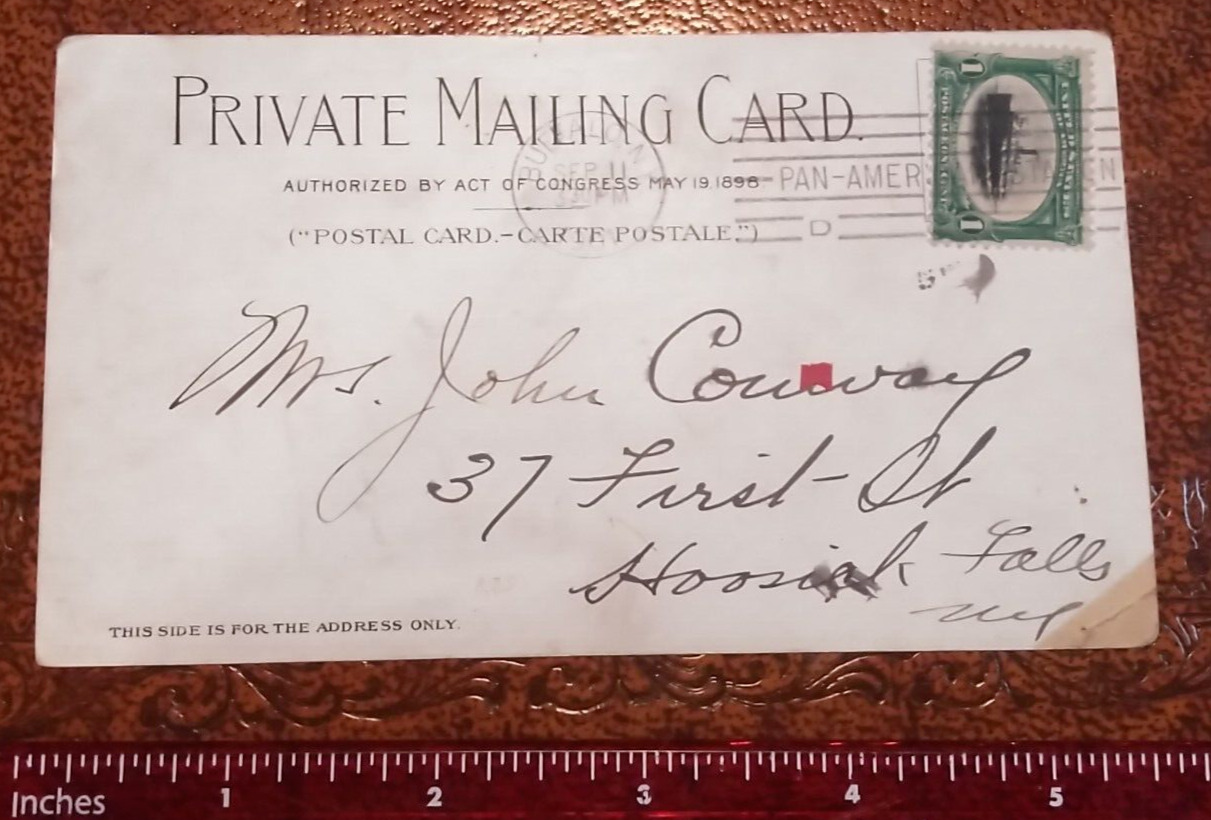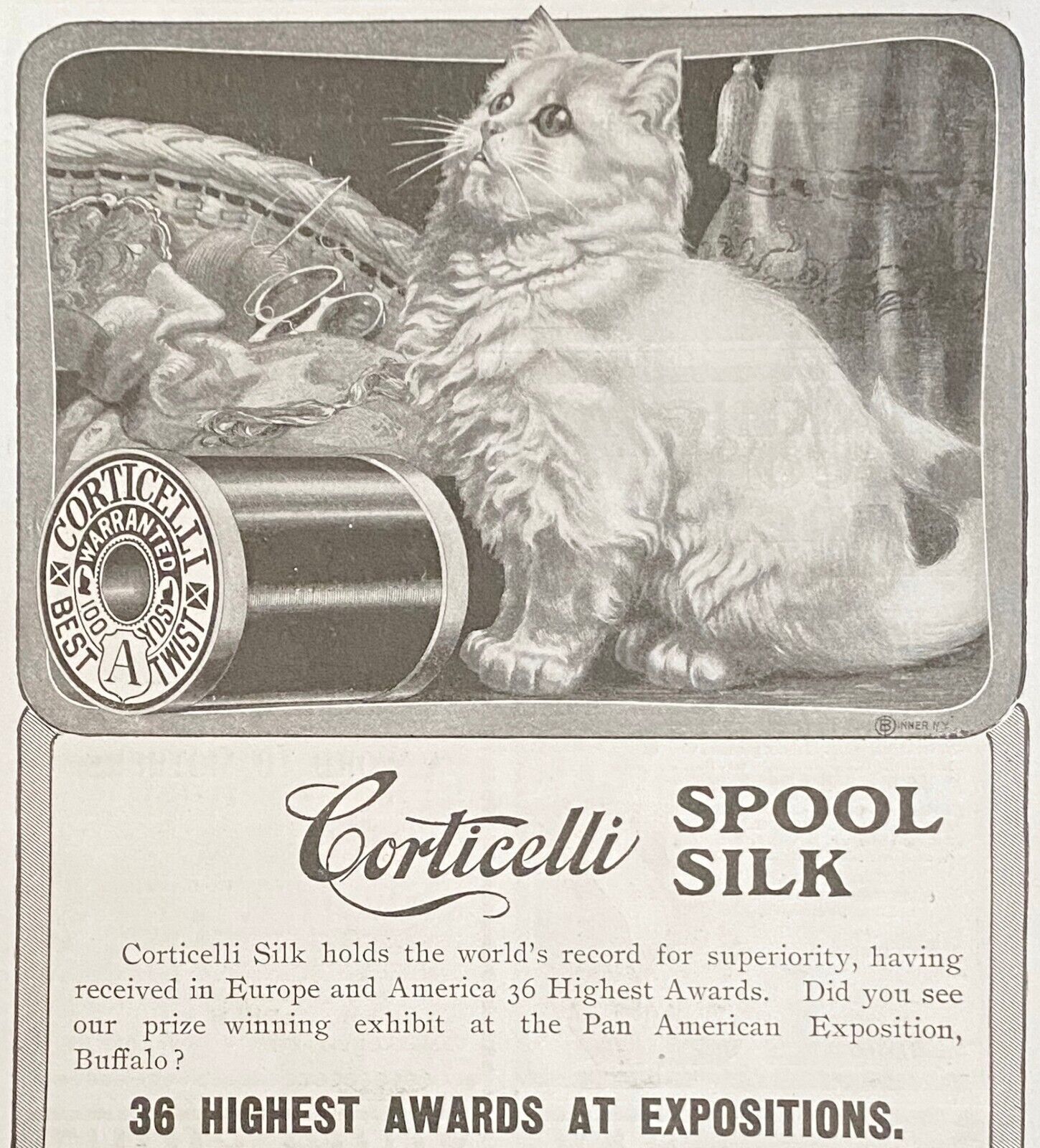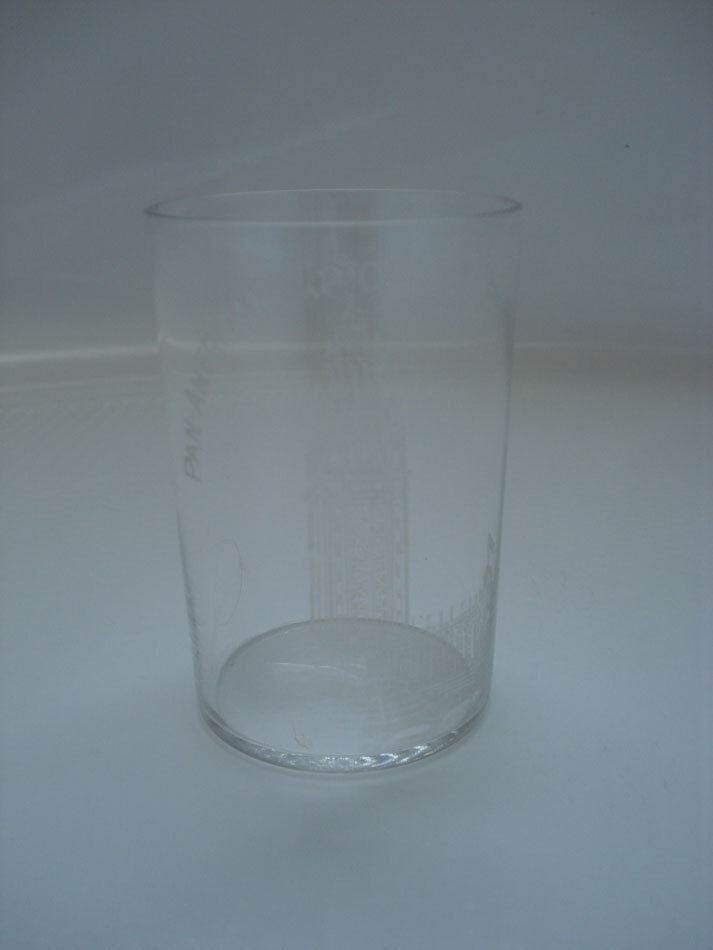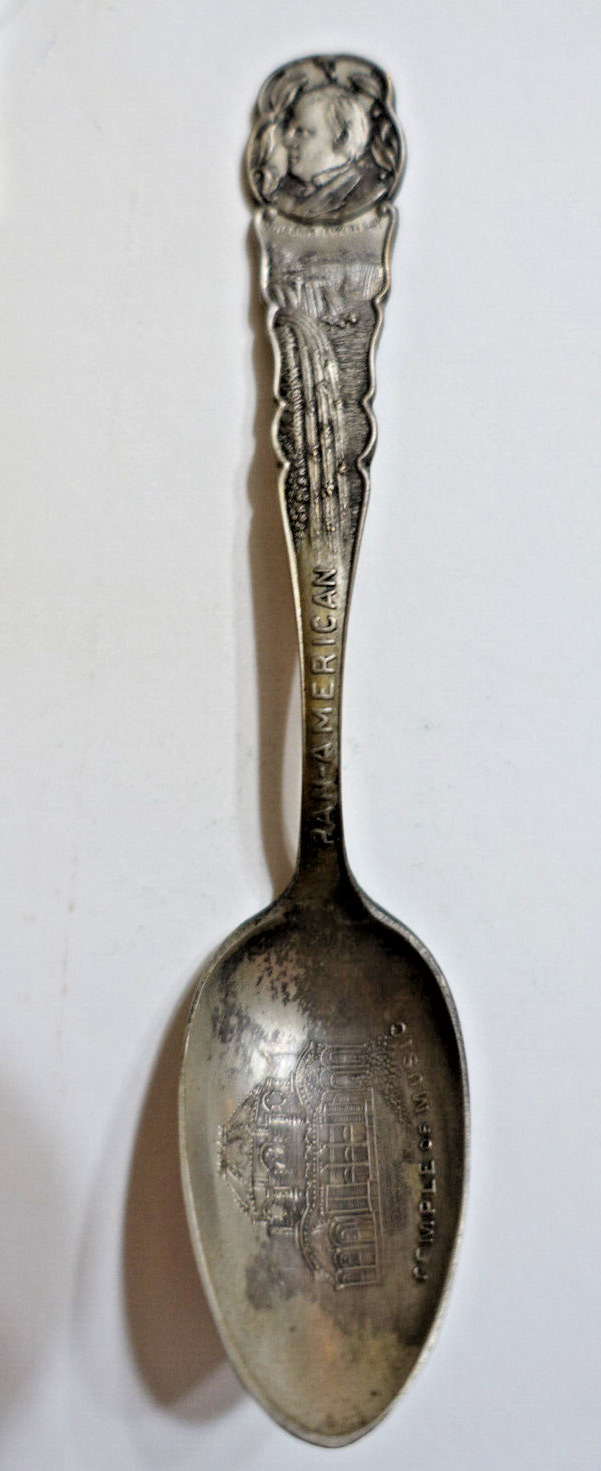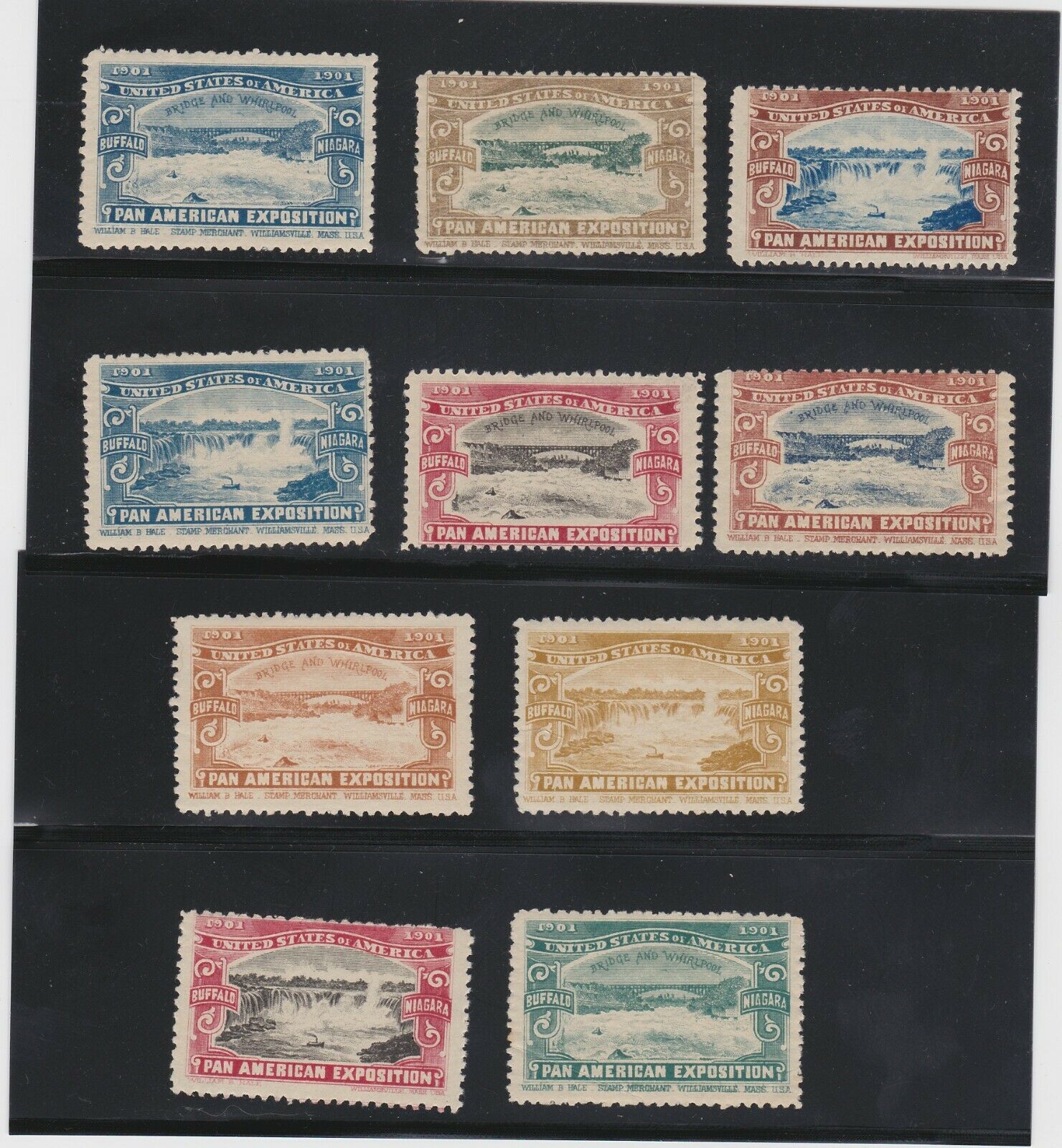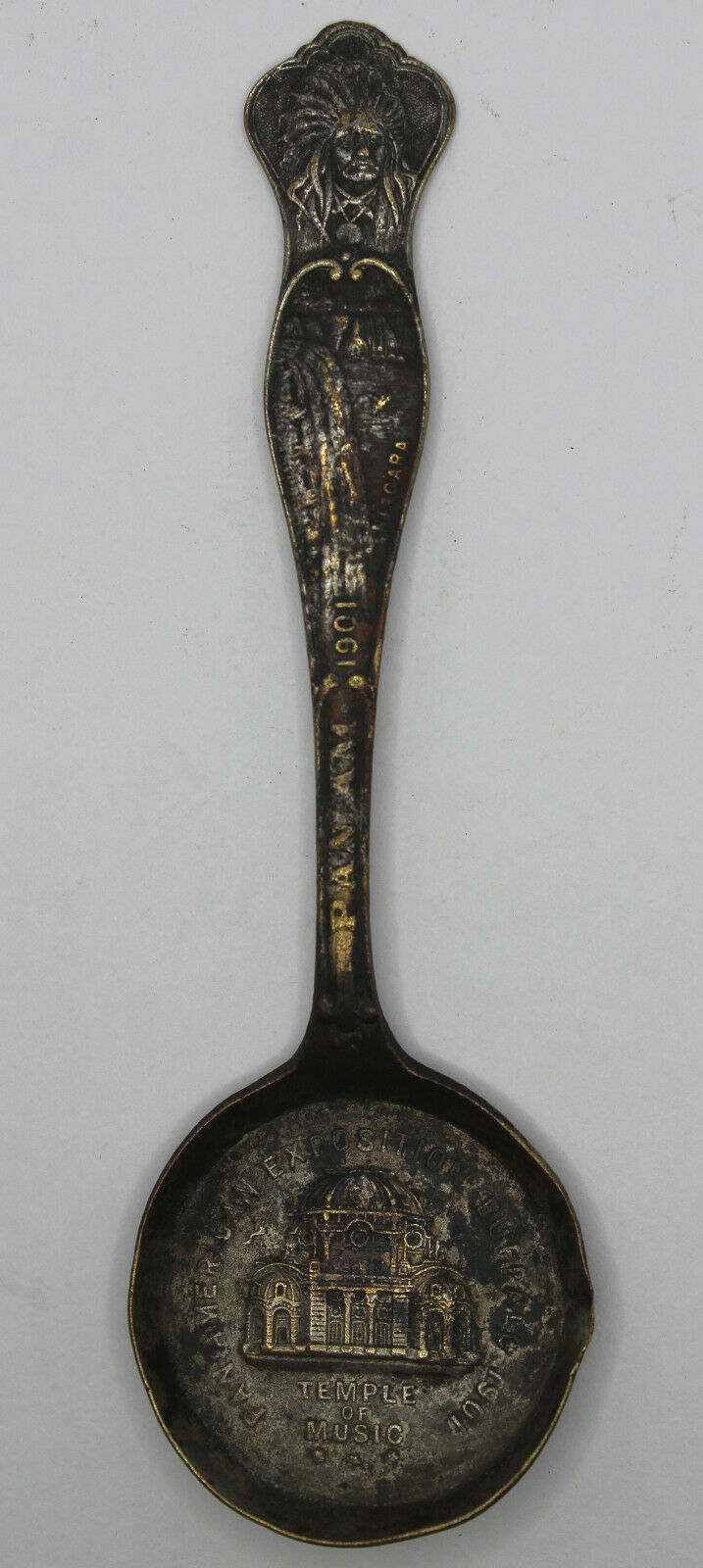-40%
Pan American Expo Charlotte Hotel Templeton RARE - 1901 Buffalo NY Trade Card -
$ 25.34
- Description
- Size Guide
Description
RARE - Original - Advertising Trade Card"The Charlotte" Hotel
Richard H. Templeton
Pan American Exposition World's Fair
Buffalo, New York
1901
For offer - a very nice old advertising trade card! Fresh from an estate in Upstate NY. Never offered on the market until now.
Vintage, Old, antique, Original -
NOT
Reproductions - Guaranteed !!
Small card. Back is blank. In good condition. Corner creases, light crease at top edge.
Please see photos for details. If you collect advertisement ad, 19th century American history, Americana, Victorian era, fair, carnival,
Erie County, Niagara Falls region, etc., this is a nice one for your paper or ephemera collection.
Combine shipping on multiple bid wins! 301
The Pan-American Exposition was a World's Fair held in Buffalo, New York, United States, from May 1 through November 2, 1901. The fair occupied 350 acres (1.4 km2) of land on the western edge of what is now Delaware Park, extending from Delaware Avenue to Elmwood Avenue and northward to Great Arrow Avenue. It is remembered today primarily for being the location of the assassination of President William McKinley.
History
The event was organized by the Pan-American Exposition Company, formed in 1897. Cayuga Island was initially chosen as the place to hold the Exposition because of the island's proximity to Niagara Falls, which was a huge tourist attraction. When the Spanish–American War broke out in 1898, plans were put on hold. After the war, there was a heated competition between Buffalo and Niagara Falls over the location. Buffalo won for two main reasons. First, Buffalo had a much larger population—with roughly 350,000 people, it was the eighth-largest city in the United States. Second, Buffalo had better railroad connections—the city was within a day's journey by rail for over 40 million people. In July 1898, Congress pledged 0,000 for the Exposition to be held at Buffalo. The "Pan American" theme was carried throughout the event with the slogan "commercial well being and good understanding among the American Republics." The advent of the alternating current power transmission system in the US allowed designers to light the Exposition in Buffalo using power generated 25 miles (40 km) away at Niagara Falls.
Assassination of President McKinley
Main article: Assassination of William McKinley
McKinley's last speech delivered September 5, 1901.
The exposition is most remembered because President William McKinley was shot by an anarchist, Leon Czolgosz, at the Temple of Music on September 6, 1901. The President died eight days later on September 14 from gangrene caused by the bullet wounds.
On the day prior to the shooting, McKinley had given an address at the exposition, which began as follows:
"Expositions are the timekeepers of progress. They record the world's advancement. They stimulate the energy, enterprise, and intellect of the people; and quicken human genius. They go into the home. They broaden and brighten the daily life of the people. They open mighty storehouses of information to the student."[1]
The newly developed X-ray machine was displayed at the fair, but doctors were reluctant to use it on McKinley to search for the bullet because they did not know what side effects it might have had on him. Also, the operating room at the exposition's emergency hospital did not have any electric lighting, even though the exteriors of many of the buildings were covered with thousands of light bulbs. Doctors used a pan to reflect sunlight onto the operating table as they treated McKinley's wounds.
Buildings and exhibits
The Electric Tower, "the crowning feature of the Exposition"
Buildings and exhibits featured at the Pan-American Exposition included:[2]
The Administration Building
The Agricultural, Manufacturers, and Liberal Arts Buildings designed by George Shepley.
The Electric Tower (the fair's center piece) designed by John Galen Howard.
The Electricity Building designed by Green & Wicks.
The Ethnology Building designed by George Cary.
The Government Building designed by James Knox Taylor.
The Machinery and Transportation Building designed by Green & Wicks.
The Mines, Forestry and Graphic Arts Building, and Horticulture Buildings all designed by Robert Swain Peabody.
The New York State Building designed by George Cary and constructed of Vermont Marble.
The Stadium, used for athletic sports was modeled after the Panathenaic Stadium.[3]
The Temple of Music which served as the center for the live performances. Designed by Esenwein & Johnson.
The Woman's Building
Attractions
The Court of Fountains, the central court to the exposition.
The Great Amphitheater
The Triumphal Bridge, which was positioned over the "Mirror Lake".
Joshua Slocum's sloop, the Spray, on which he had recently sailed around the world alone.
A Trip to the Moon, a mechanical dark ride that was later housed at Coney Island's Luna Park.
Lina Beecher, creator of the Flip Flap Railway, attempted to demonstrate one of his looping roller coasters at the fair, but the organizers of the event considered the ride to be too dangerous and refused to allow it on the grounds.[4]
Demolition
When the fair ended, the contents of the grounds were sold to the Chicago House Wrecking Company[5] of Chicago for US,000 (.28 million in 2016 dollars[6]).[7] Demolition of the buildings began in March 1902, and within a year, most of the buildings were demolished. The grounds were then cleared and subdivided to be used for residential streets, homes, and park land. Similar to previous world fairs, most of the buildings were constructed of timber and steel framing with precast staff panels made of a plaster/fiber mix. These buildings were built as a means of rapid construction and temporary ornamentation and not made to last.[8] Prior to its demolition, an effort made via public committee to purchase and preserve the original Electric Tower from the wrecking company for nearly US,000 (5 thousand in 2016 dollars[6]). However, the necessary funding could not be raised in time.[7]
The site of the exposition was bounded by Elmwood Avenue on the west, Delaware Avenue on the east, what is now Hoyt Lake on the south, and the railway on the north. It is now occupied by a residential neighborhood from Nottingham Terrace to Amherst Street, and businesses on the north side of Amherst Street. A stone and marker on a traffic island dividing Fordham Drive, near the Lincoln Parkway, marks the area where the Temple of Music was located.[9]
Legacy
The New York State Building, located in Delaware Park, was designed to outlast the Exposition and is now used as a museum by the Buffalo History Museum. Designated a National Historic Landmark in 1987, it can be visited at the corner of Elmwood Avenue and Nottingham Avenue. The Museum's Research Library has an online bibliography of its extensive Pan-American holdings.[10] Included in the Library collection are the records of the Pan-American Exposition Company.[11]
The Albright-Knox Art Gallery was intended to serve as a Fine Arts Pavilion but due to construction delays, it was not completed in time.
The original Electric Tower, although demolished, was the inspiration and design prototype for the 13 story, Beaux-Arts Electric Tower, built in 1912, in downtown Buffalo.
A boulder marking the site of McKinley's assassination was placed in a grassy median on Fordham Drive in Buffalo.[12]
Statistics
Pan-American Exhibition, panorama view, from The Latest and Best Views of the Pan-American Exposition, Buffalo, N.Y.: Robert Allen Reid, 1901.
Ticket Cost: US{{detail_product_description}}.25
(.00 in 2016 dollars[6]).
Total Event Expense: US million[13]
(9 million in 2016 dollars[6])
Visitors: 8,000,000[13]
See also
Put Me Off at Buffalo – popular song used to advertise the Exposition
List of world's fairs
Louisiana Purchase Exposition
Raphael Beck
World's Columbian Exposition
List of world expositions
.

